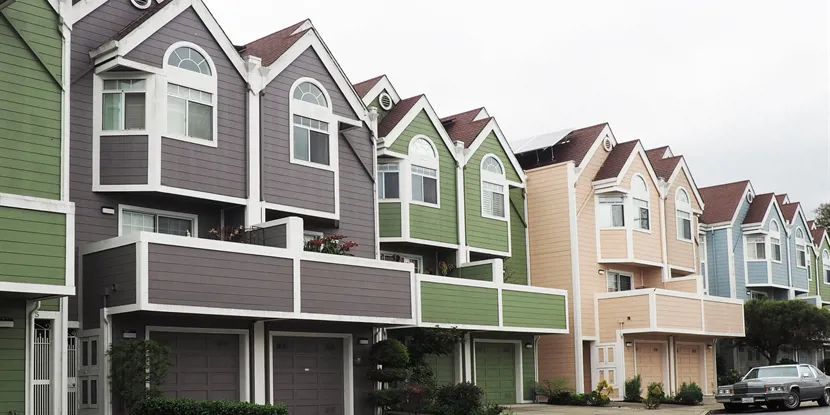Medium term rentals

Medium-term rentals
Medium-term rentals fill the space between short stays and long leases. These leased properties have one-to-six-month rental periods that fit the lifestyle of today's evolving tenants. They offer stability without a year-long lease and are flexible enough for people in transition.
What are medium-term rentals
Medium-term rentals are homes for temporary living. These leases are for people who require a spot for longer than a vacation but shorter than a traditional lease. Many of them are furnished and ready for immediate occupancy.
This choice provides a home-like environment with short-term flexibility. It’s good for anyone who just wants a place to stay without worrying about moving furniture or signing a long-term contract.
The essential features of medium-term rentals
These rentals are characterized by a handful of features. First is the duration. One to six months gives tenants enough time to feel comfortable but remains a flexible offering.
The vast majority of medium-term rentals come furnished. There, tenants discover everything they need—beds, sofas, and fully equipped kitchens. This arrangement eliminates the hassle of moving belongings.
This convenience is reflected in pricing. Rent is usually more expensive than a long-term lease but less pricey than short-term stays. This mix of price and practicality helps explain why these rentals appeal to many.
Flexibility is the key attractor. Tenants like flexible terms, and landlords can adjust to market conditions or personal use of the property.
Who is advantaged from medium-term rentals
Medium-term rentals are attractive to a range of people. They are used by traveling professionals—nurses, consultants, contractors—when they take assignments. The setup offers comfort and familiarity while leaving their primary residence.
Medium-term rentals are perfect for students and interns, often engaged in programs lasting a semester or two. They skip the expense of one-year leases.
Individuals who relocate also benefit. Those waiting for their permanent homes to be ready rent these places as temporary solutions.
Digital nomads—workers who thrive on mobility—also appreciate the convenience and flexibility that come with medium-term rentals.
Benefits of medium-term rentals
Medium-term rentals provide stable revenue for property owners. The equilibrium between short-term rates and long-term reliability leads to predictable revenue streams.
The vacant property rate decreases for landlords. The consistent demand for medium-term housing means that there is less time for properties to sit empty.
Quality tenants are attracted to medium-term rentals. Professionals and students often respect the space and ensure the property is kept in good condition.
Flexibility is a win-win. Landlords may modify conditions, and tenants have flexibility without being locked in.
Cons of medium-term rentals
Challenges exist. Higher turnover means landlords have to manage leases more frequently. This makes property management more time-consuming and cumbersome.
Furnished properties need additional maintenance. Over time, the costs of repairing or replacing furniture and appliances can add up.
Local rules need consideration. Landlords have to stay on top of local laws in order to avoid fines or penalties.
Demand may fluctuate. The market may vary throughout the year, influenced by economic and seasonal factors, which can unpredictably affect occupancy rates.
